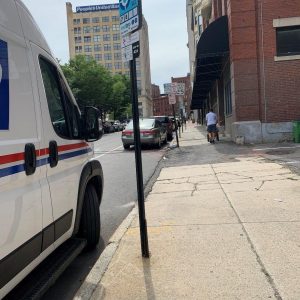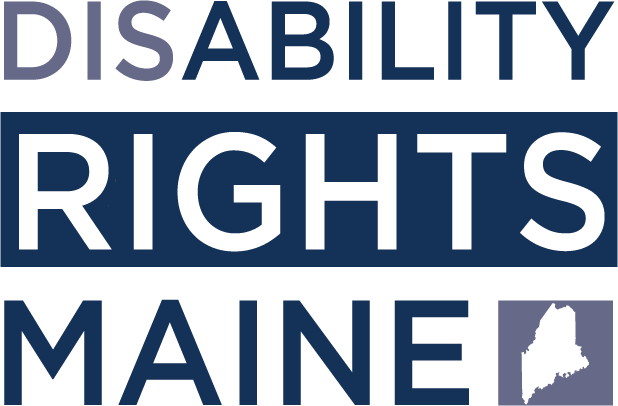I learned how to drive in high school after I turned 15 and passed the test to get my learners permit in Vermont. I remember my dad taking me to the local middle school parking lot, where we would practice learning how to feel the clutch catch into gear. Learning to drive gave me the freedom of independence and felt like a stepping stone into adulthood.
My license was revoked in 2016 after I had my skiing accident that left me using a wheelchair for mobility. Driving was something I always took for granted. I never considered that someday I might not be able to drive. But, it took nine months for me to get my license back after my accident. To do so, I went through driving rehabilitation to understand how to operate hand controls. Using hand controls is no different than driving with feet when you can’t operate your legs so it came to me pretty naturally. The independence that I got from driving was freeing and it was the first time since my accident where I felt free and independent.
Access to driving for people with disabilities can be a different scenario than what I experienced. Some people will never have the opportunity to drive with their disability. For others, having access to a wheelchair accessible vehicle may be necessary. But, these vehicles are always more expensive than normal cars. Vocational Rehabilitation (VR) will sometimes pay for the modifications to a vehicle, but that may not be the case for a lot of people who need access to transportation.
June was National Ride Transit Month so, as a daily driver, I decided to give riding public transportation a try. Before the pandemic, working from home was not as common as it is today. I would have needed to figure out my transportation to work if my car was in the shop for an extended period of time. Thankfully remote work has changed the requirements for in-office work for some groups of people, but there are still many workers that need to show up in person for their jobs. Many people, both with and without disabilities rely on public transit to get to work. So, in June, I asked myself, what if that was me?
Paratransit is available for people with disabilities to have access to public transportation if you live within ¾ of a mile from a fixed public route. Paratransit is a public transportation option for people with disabilities that offers to pick you up at your home, if you are unable to get to the public bus stop due to your disability. Since I live in a rural area, I do not fit that criteria. This is a common issue for Mainers since there are so few fixed routes in the state, which limits the paratransit options for those who could be using these services.
To start my public transit commute, I had to first drive to Portland. That is 10 miles from my house. During my route I had to wheel up a hill that was pretty difficult for me to push up in my chair. I was surprised to see a couple of barriers on my way to the bus stop. These barriers may not affect me, but could be barriers for others.

I took public transportation during the Maine Mobility Summit to get a better idea of what it would be like for me to commute to work. First, I could not commute by public transit from my home to my office, and I live in a more urban area than most of the rest of Maine. I also faced other barriers during my commute. Older sidewalks can be deteriorated and off camber, requiring you to compensate where you push to keep yourself going straight. This is something I experienced multiple times. I also had to get on the bus on a hill, which was difficult to get on independently. I needed a push from the bus driver to get onto the bus. If the bus stop was truly accessible, I wouldn’t have to ask for assistance getting in the bus.

Would I use public transportation again? I would be much more willing to use public transportation if I was within ¾ of a mile of a fixed route since I would qualify for paratransit, especially if I was running into vehicle troubles. Most, if not all, buses are accessible for people using wheelchairs and often involve you needing to be tied down with straps to make sure your chair stays still while the bus is moving. I feel safe enough in my wheelchair to be tied down and found that the bus service did a good job making sure I was secured safely. Due to this, I would have no problem using public transportation if it was in my area.
But, as my experience shows, the limited routes of both buses and paratransit, particularly in rural Maine make it impossible for me to rely on public transit. I am not alone in this case, as so many people in Maine are located in rural areas and outside of the paratransit range. Expanding transportation routes and ensuring accessibility along routes is paramount to increasing full access and inclusion of people with disabilities.
